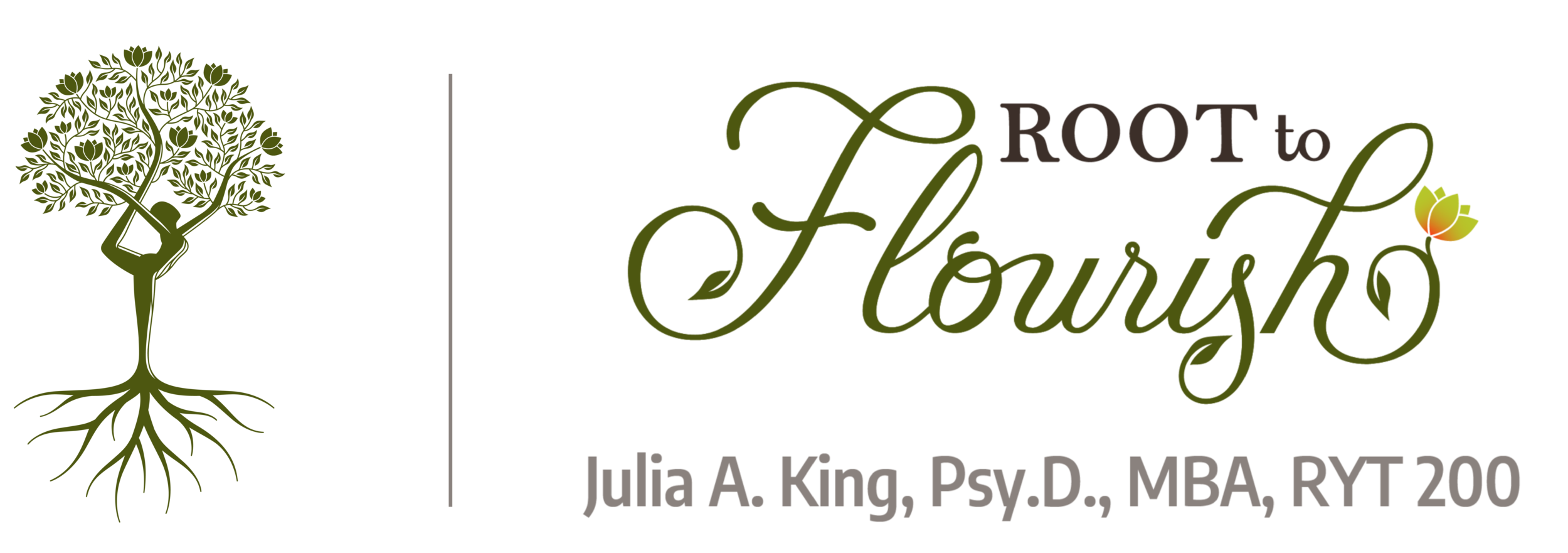Use your breath and body to calm your nervous system
Photo by Vie Studio from Pexels
A super duper simplified overview of the nervous system
For the purpose of this discussion, I’m going to offer an extreme oversimplification of the nervous system and break it down into two parts:
The sympathetic nervous system - fight or flight
The parasympathic nervous system - rest and digest
When we’re stressed or afraid, the sympathetic nervous system is activated. Your body physically responds as if there is a threat to your life, and it works to protect you.
But, in our modern world, we’re very often responding to situations we perceive as threatening that are not actually dangerous.
Cue anxiety.
Our experience of anxiety can be triggered by a multitude of situations, which are not actually unsafe, but which we label as threatening.
Your brain and your body doesn’t know the difference: you believe it’s threatening, it feels threatening, and so your brain jumps into action to protect you from harm: your heart starts pounding, you may feel dizzy, your palms may get sweaty, you may get short of breath, you may have butterflies in your stomach.
Use your breath and body to calm your nervous system
We are able to use our breath, and our body, to communicate directly to our brain, to deactivate the sympathetic nervous system, and turn on the parasympathetic nervous system: shifting from fight or flight to rest and digest.
Physical grounding
Grounding is when your body makes contact with the surface beneath it: your feet on the floor, your bottom or your back with the chair, your palms resting on your thighs.
When your body is grounded and pressing down, and you are paying attention to the feeling of the body being grounded, it can activate the rest and digest part of the nervous system.
Why?
Because you intentionally allowing your body to be grounded, stable, and pressing down communicates safety. You’re not running, you’re not fleeing.
Then, pair that physical grounding with breathwork.
There are two easy ways to begin to use the breath to tell your brain you’re safe.
Option one, you can try box breathing. Picture a box with four equal sides. Each side of the box will be four counts of breath. You inhale for a count of four, hold (or retain) the breath for four counts, exhale for four, and then hold for four, and repeat. If you’d like to try it guided, check out this video.
Alternatively, simply try to breathe evenly, maybe three counts in and three counts out, and then begin to lengthen your exhale.
If you’re breathing evenly or holding your breath, as in box breathing, you’re using your breath to communicate to your brain you’re okay. If you were under threat, or in danger, you wouldn’t be breathing evenly or holding your breath.
These strategies in combination can communicate directly to our brains that we’re okay. Pair those in combination with cognitive and behavioral strategies and you have a powerhouse of tools for calm!
If this message resonates, let me know! I’d love to hear from you! I read and respond to every message (yes, really!).
If you want to discuss it with others, please share it!
And, if you want more, be sure to subscribe!

